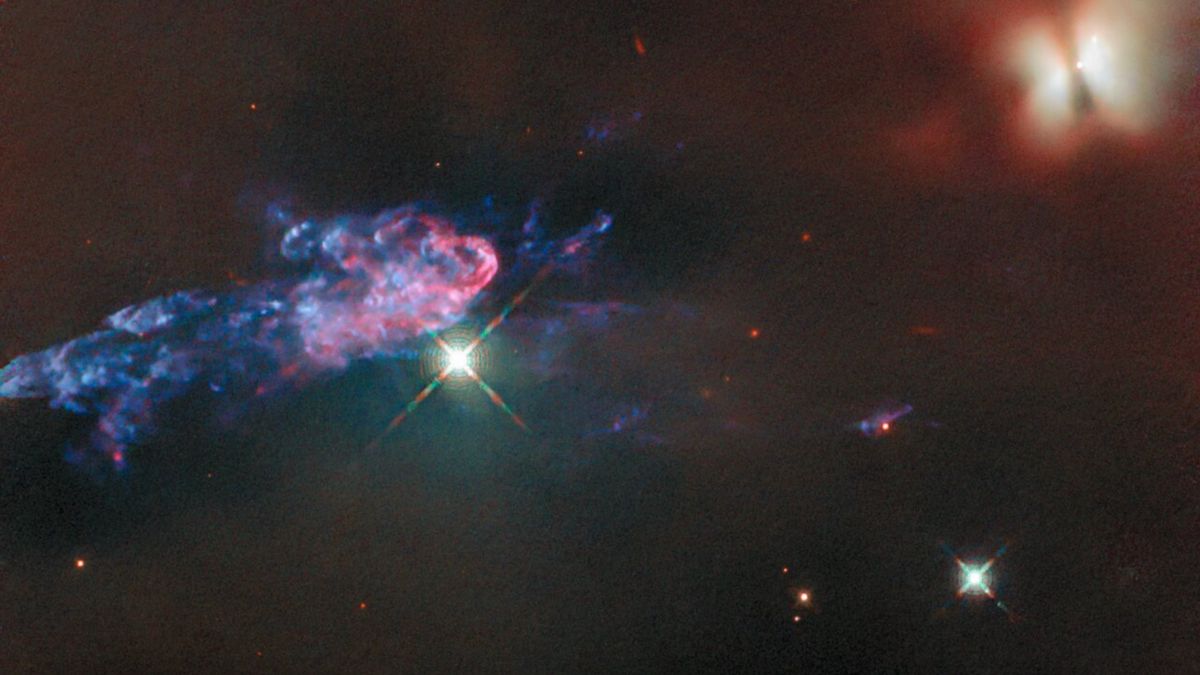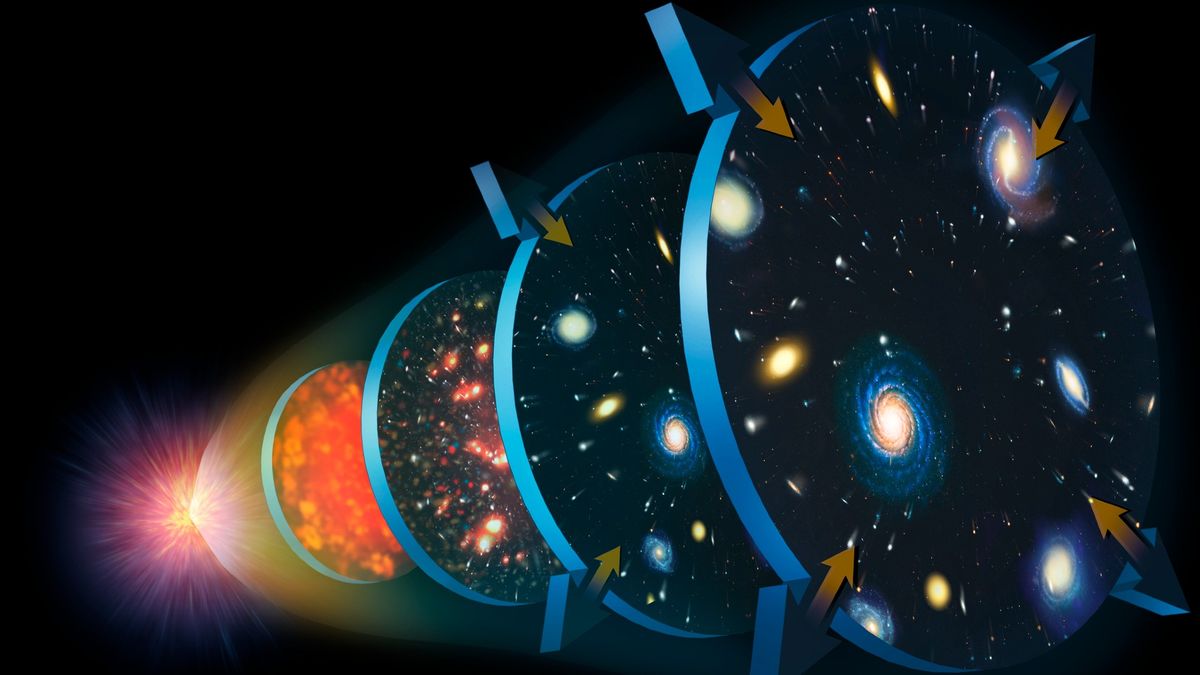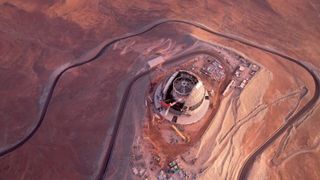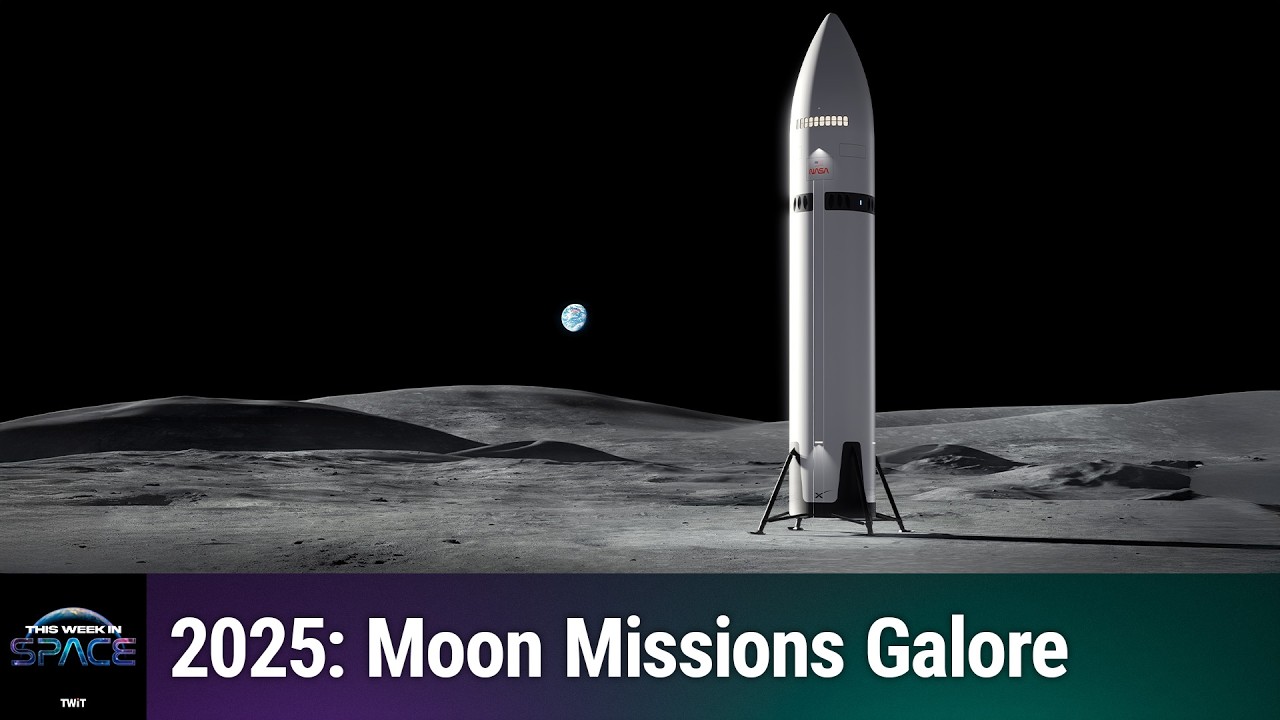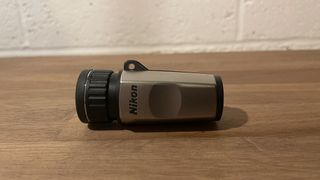Two young stars shine bright in the dusty depths of the Orion Nebula in a new Hubble Space Telescope image. Located about 1,300 light-years from Earth, these young stars, also known as protostars, reside in a hotbed for star formation: the Orion Nebula, which is the nearest massive star-forming region to Earth and is home to hundreds of newborn stars. The recent photo from the Hubble Space Telescope captures two of these protostars, called HOPS 150 and HOPS 153, both of which take their names from the Herschel Orion Protostar…
Read MoreCategory: Solar System
Our solar system
‘We will pursue our manifest destiny into the stars.’ President Trump wants astronauts to raise the American flag on Mars
President Donald Trump wants to lead the United States to Mars. After taking the oath of office to be sworn in as the 47th U.S. president on Monday (Dec. 20), Trump laid out his vision for the next four years in an inauguration speech that called for a return to American expansionism and exploration. “My message to Americans today is that it is time for us to once again act with courage, vigor and the vitality of history’s greatest civilization,” Trump said during his speech inside the Capitol rotunda. “The…
Read MoreDC’s new ‘Superman Unlimited’ comic lands prior to James Gunn’s ‘Superman’ movie
2025 is shaping up to be a banner year for the Man of Steel as director James Gunn’s tentpole “Superman” feature film is streaking towards lucky cinemas this summer faster than a speeding bullet. But before we see strapping actor David Corenswet don the iconic red-and-blue costume as the latest Hollywood incarnation of the Last Son of Krypton, DC Comics will deliver a brand new “Superman Unlimited” ongoing series on May 21, crafted by Eisner Award-winning writer Dan Slott, superstar “American Vampire” artist Rafael Albuquerque, and ace colorist Marcelo Maiolo.…
Read MoreScientists discover ‘sunken worlds’ hidden deep within Earth’s mantle that shouldn’t be there
Potential patches of Earth’s ancient crust, sometimes called “sunken worlds,” may have just been discovered deep within the mantle, thanks to a new way of mapping the inside of our planet. However, these mysterious blobs appear in places they should not, leaving researchers scratching their heads. For decades, scientists have been building up a better picture of Earth’s interior by using seismographs — 3D images created by measuring how seismic waves from earthquakes reverberate deep within our planet. This method has helped scientists identify ancient sections of the planet’s crust,…
Read MoreHow ‘quantum foam’ may have inflated the early universe
The early universe experienced a phase of rapid expansion, known as inflation. For decades, cosmologists assumed that this expansion was powered by a new entity in the universe, known as the inflaton. But new research suggests that it may have been possible to inflate the universe without anything new powering that inflation. In the 1970s, physicist Alan Guth concocted a radical picture of the extremely early universe. Originally intending to solve some troublesome properties exhibited by the high-energy physics in the young, dense, hot universe, he conceived of a model…
Read MoreWorld’s largest telescope gets its protective shell (photos)
The frame of the dome that will house the world’s largest telescope has been completed, marking another key milestone in the observatory’s construction. The European Southern Observatory’s (ESO) Extremely Large Telescope (ELT) — the world’s largest visible- and infrared-light telescope — is currently under development on the Cerro Armazones mountain in Chile’s Atacama Desert. The mighty telescope is expected to see its “first light” by 2028. New photos from the ESO show that the dome’s frame is now completed, while the outer shell that will fully enclose the telescope is…
Read MoreThis Week In Space podcast: Episode 144 —The great lunar armada
The Great Lunar Armada – 2025 Will Be a Big Year Moon Missions – YouTube Watch On On Episode 144 of This Week In Space, Rod Pyle and Tariq Malik take a look a pair of private moon missions by Firefly Aerospace and ispace that lifted off this week and so much more. 2025 is the year that introduces the Great Lunar Armada! A small fleet of private and publicly-funded orbiters, landers, and rovers are heading off to explore Luna Incognita this year, and it will only speed up after…
Read MoreNikon 5×15 HG monocular review
With the promise of its stablemates, the Nikon 5×15 HG Monocular has a lot to live up to. We were amazed by the quality of this little monocular’s images, which were clear and very sharp. The chassis is very solidly made and feels very comfortable. Although the unit isn’t waterproof, it’s so tiny that it can be stowed in a plastic bag and placed in a pocket, where it will be safe on beaches and long walks. With a magnification of 5x, the Nikon 5×15 HG is more for casual…
Read MoreSatellites watch ‘ghost island’ solidify in the Caspian Sea before disappearing (photos)
We like to think of land as a fairly static thing, considering that’s where we spend the majority of our lives. And to think that the ground is ever-changing, well, that’s a bit unsettling. But the reality is land is always changing — perhaps nowhere more so than at the Kumani Bank mud volcano, also known as Chigil-Deniz, some 15 miles (25 km) off the coast of Azerbaijan in the Caspian Sea. The NASA Earth Observatory has released a series of images taken with the Operational Land Imager (OLI) and…
Read MoreSpace Force to march in Trump’s Jan. 20 inauguration, a 1st for the new military branch
On Monday (Jan. 20), the U.S. Space Force will participate in a presidential inauguration for the first time. Representing the military branch will be 45 Guardians, the official name for U.S. Space Force personnel, who work in a wide range of careers across the country. The 45 Guardians, who are volunteers, recently arrived at Joint Base Anacostia-Bolling, a large military installation in Washington, D.C., where they’ve been practicing drills for Monday’s inauguration of President-elect Donald Trump. They’ve come together with the Space Force Honor Guard, which was founded 17 months…
Read More